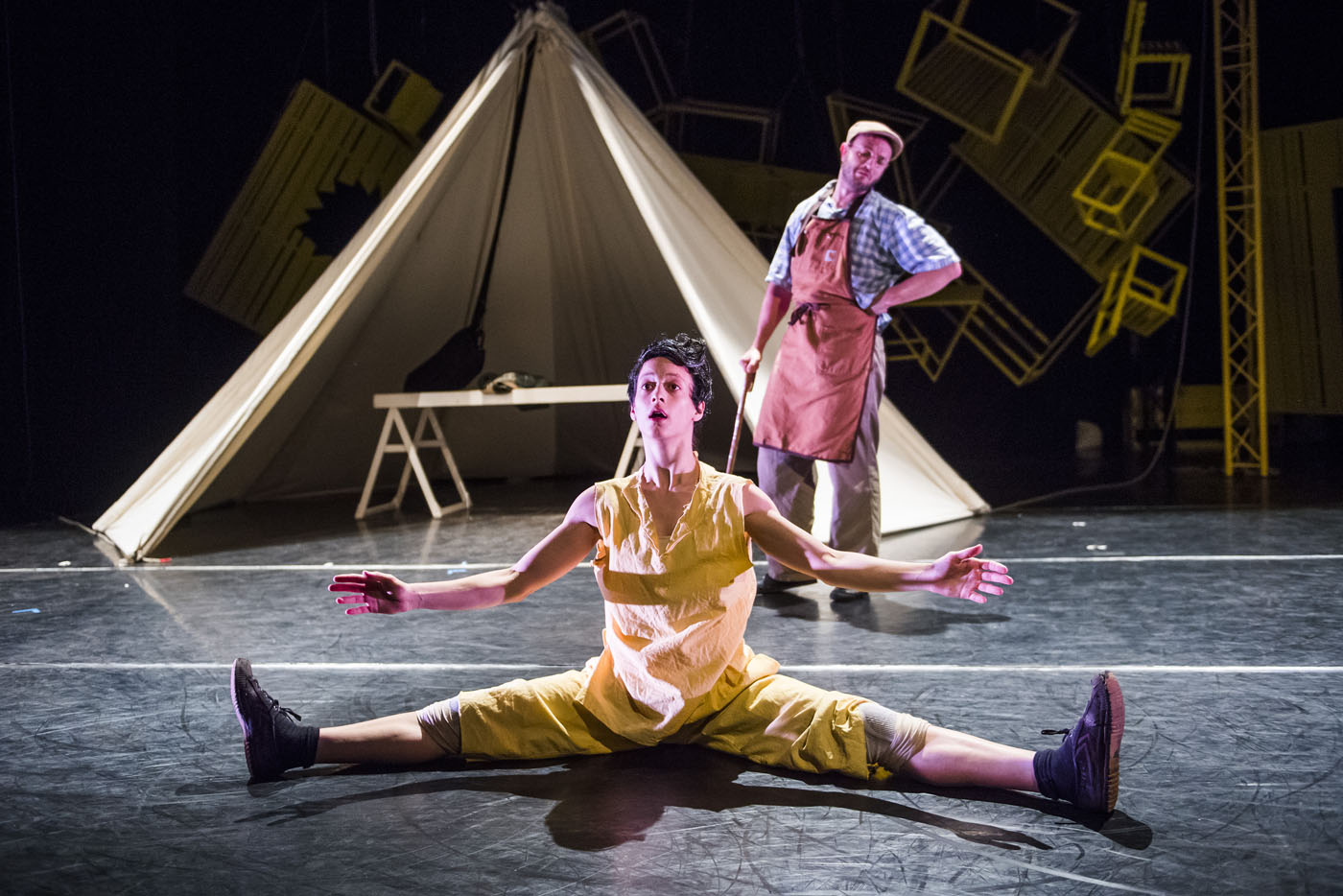Cosmic Echo
Birth + Carnage” is a fantastic title. The premise behind this show, which premiered at LaMama Experimental Theater Club at the end of December, was exciting too.
Continue Reading
World-class review of ballet and dance.
From the opening moments, Jasmin Vardimon's “Pinocchio” resonates with the kind of magic you only encounter in theatre. One after the other the performers rise from the floor, hand in hand, their bodies straight and stiff, mechanically tipping in turn like the wooden figurines of an old town square clock. It’s an enduring image of this show—and it is one of many.
Performance
Place
Words

Jasmin Vardimon Company perform “Pinocchio.” Photograph by Tristram Kenton


“Uncommonly intelligent, substantial coverage.”
Your weekly source for world-class dance reviews, interviews, articles, and more.
Already a paid subscriber? Login
Birth + Carnage” is a fantastic title. The premise behind this show, which premiered at LaMama Experimental Theater Club at the end of December, was exciting too.
Continue ReadingIn 2017, David Bintley—Birmingham Royal Ballet’s then-director—adapted Sir Peter Wright’s much-loved 1990 production of “The Nutcracker” for London’s Royal Albert Hall.
Continue ReadingThis program of three works by William Forsythe set to the music of James Blake has special meaning for La Scala Ballet.
Continue ReadingUshering in the ninth season of Dance at the Odyssey, which takes place January 8–February 16 at the Odyssey Theatre Ensemble and features a number of cutting-edge choreographers and world premieres, curator, producer and festival co-founder Barbara Müller-Wittmann adores her job.
Continue Reading
comments